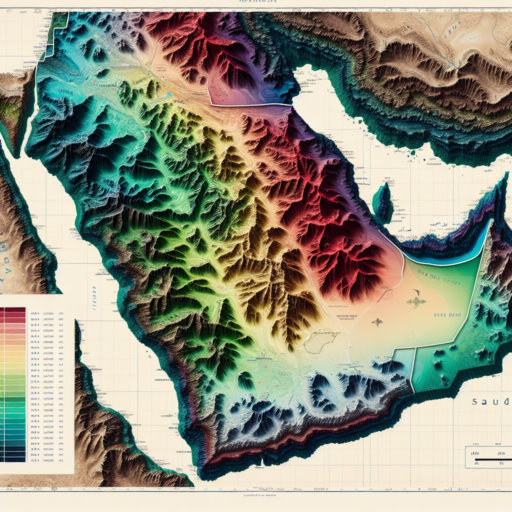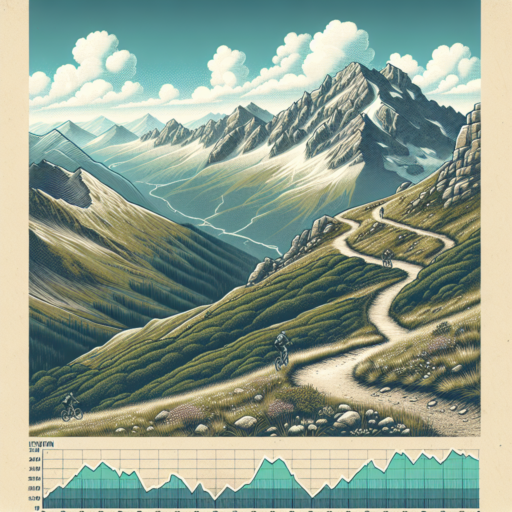What is the hardest part of Leadville 100?
The Leadville 100, known for its grueling terrain and extreme challenges, confronts athletes with several formidable sections throughout its course. However, the consensus among veterans and race enthusiasts often points to one segment that rises above the rest in difficulty.
Hope Pass: The Ultimate Test
Without a doubt, the ascent and descent of Hope Pass stand as the most daunting parts of the Leadville 100. Towering at an elevation of over 12,600 feet, it is not just the altitude that tests the mettle of runners, but the steep and rugged path they must navigate to overcome this giant. The thin air near the summit, combined with unpredictable weather conditions, adds another layer of challenge, making it a make-or-break point for many participants.
Navigating Powerline on the Return
While Hope Pass may capture the limelight for its sheer intensity, the Powerline climb on the return leg of the race holds its own as a formidable challenge. After miles of exhausting effort, athletes must summon their remaining strength to tackle this steep ascent. It’s a true test of endurance and will, pushing competitors to their limits.
In essence, while the Leadville 100 presents numerous hurdles along its breathtaking course, Hope Pass, followed closely by the Powerline ascent on the return, encapsulates the essence of what makes this race uniquely challenging. These segments not only demand physical prowess but mental resilience, defining the spirit of the Leadville 100.
How long does it take to complete the Leadville 100?
The Leadville 100, officially known as the «Leadville Trail 100 Run», tests the endurance of its participants like few other races. Generally, runners have up to 30 hours to cross the finish line, but the completion time varies significantly amongst athletes. The diverse range of finishing times is influenced by several factors, including an individual’s physical condition, preparation level, and the challenging nature of the course itself.
Most elite runners can finish the race in under 20 hours, with the fastest completion times hovering around 16 hours. For many, the goal is not only to finish but to do so within a specific target time. The race’s high altitude and rugged terrain add to the complexity, causing even seasoned ultrarunners to adjust their expectations and strategies.
For the majority of participants, the focus is on pacing themselves to make the most of the 30-hour window. Between aid stations, changing weather conditions, and the mental challenges of endurance racing, runners must be well prepared. Those finishing towards the latter end of the timeframe often do so with a deep sense of accomplishment, having pushed their limits over some of Colorado’s most demanding trails.
How hard is Leadville 100?
The Leadville 100, often known as «The Race Across the Sky,» sits at an elevation that will test the limits of endurance athletes from across the world. The difficulty of this iconic ultramarathon can be dissected into several key areas, making it a prestigious challenge many aspire to conquer but few can master without significant preparation.
Altitude and Elevation Gain
One of the primary aspects that adds to the Leadville 100’s toughness is its high-altitude setting. With a course that weaves through the heart of the Rocky Mountains and reaches a dizzying elevation of 12,600 feet, it’s not just the distance that racers find daunting. The oxygen-deprived conditions at such altitude demand superior cardiovascular fitness and acclimatization, factors that can make or break a racer’s performance.
Terrain and Weather Conditions
In addition to the altitude, the terrain and unpredictable weather patterns add layers of complexity to the Leadville 100 challenge. Racers navigate a mix of rugged, technical trails and smoother sections, which require strategic pacing and technical skill. Moreover, the weather can swing from extreme heat to freezing temperatures, coupled with the possibility of thunderstorms, making it essential for participants to prepare for any condition.
No se han encontrado productos.
What percent of people finish Leadville 100?
The Leadville 100, famously known as «The Race Across The Sky,» is an enduring 100-mile ultramarathon that takes runners through the heart of the Rocky Mountains in Colorado. The extreme altitude, with parts of the course running above 12,000 feet, coupled with the unpredictable weather, sets a daunting stage for participants. The question of what percent of people finish the Leadville 100 speaks volumes about the challenge it presents.
Statistically, the completion rate of the Leadville 100 varies yearly, primarily due to the conditions on race day and the preparedness of the runners. However, historical data shows that on average, around 60% to 70% of the runners who toe the line in Leadville manage to cross the finish line within the 30-hour cutoff time. This statistic highlights not only the difficulty of the race but also the determination and endurance of the athletes who take on such a monumental challenge.
Factors that significantly impact the finisher rate include acclimatization to altitude, training specificity, and race-day strategy. Runners who invest time in high-altitude training, focus on nutrition, hydration, and pace themselves wisely, tend to have higher success rates. The percentage of finishers is a testament to the rigorous preparation and the mental and physical fortitude required to complete the Leadville 100.




